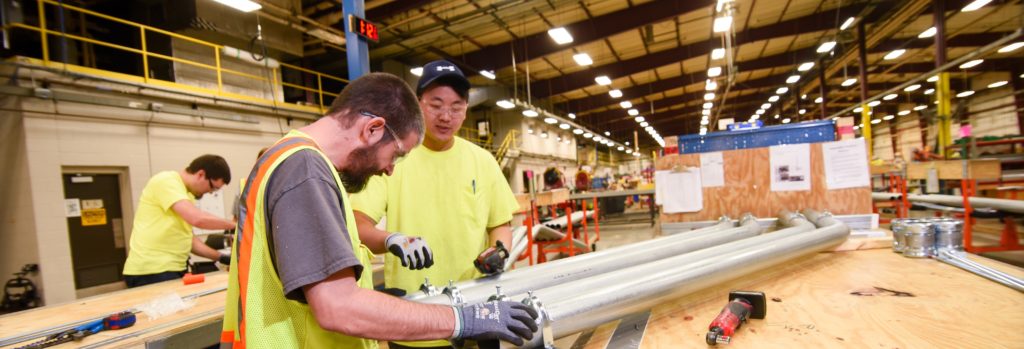October 8, 2020 Doug Koehler
The Total Cost of Quality
Textbooks often define the Total Cost of Quality with formulas and equations, usually breaking down the cost elements into two basic types, the Cost of Good Quality (CoGQ) and the Cost of Poor Quality (CoPQ). The first type is linked to seeing that failures do not happen, the second is the cost of fixing failures that have occurred. To state it more simply, the CoGQ is the time and money spent assuring the customer gets what they paid for. The CoPQ is the cost of having to fix something that has failed.
Many people think of only the CoGQ when they look at the total cost of quality. This can be very short sighted, since the total cost of quality is for the entire lifecycle of the product, including warranty work. If you save a few dollars by cutting corners in design, production, and quality assurance, but then have to perform a recall for hundreds or even thousands of your products, was your total cost of quality reduced?
Pay me now, or pay me later…
Some of you might be old enough to remember the Fram oil filter commercial where the mechanic talks about changing your oil and using a quality filter. He infers you can save money now by using a cheap filter or not changing your oil, but if you do you will have to pay him later for a new engine. This is a good example of the total cost of quality being less expensive if you pay small costs through the entire life of the product, instead of a much larger cost later on.
The same is true when it comes to manufacturing products. The costs associated with engineering, testing, process verification, developing suppliers and then inspections for materials and assemblies are real costs and they are not cheap. But the cost to refine a design before full-scale production is much less than the cost of fixing multiple products at your customers’ sites. If the latter occurs, you also have the cost of damage to your reputation.
Cost of quality after shipment
If you do not spend the time and money to make sure good quality parts are used, and take the time to verify everything is done correctly before your product ships, you could easily pay a much higher cost to fix the problem later. The farther down the product life cycle something is corrected, the more expensive it becomes. If an error is caught when a complex product is designed, it’s much less expensive than having to travel to a customer’s site, rent a crane and remove the unit through a hole you had to cut in the roof.
Nowadays, failures in the field can have a devastating impact on our customers. For example, the cost of downtime for a major online retail company’s network infrastructure a few years ago has been estimated to have been between $16K-$29K dollars per second in lost revenue (Axios). More importantly, in some applications the cost of failure is not measured in money, but in the number of lives that could be impacted. These are just a few of the many reasons why at Excellerate we are continuously improving and upgrading our methods, processes, tools, designs and training.
So, what is your total cost of quality? Is it worth it for you to spend the time and money to make sure you get things right the first time?
Interested in learning more? Check out our other articles and subscribe to be the first to know about future Excellerate blog articles.

 The Total Cost of Quality
The Total Cost of Quality

